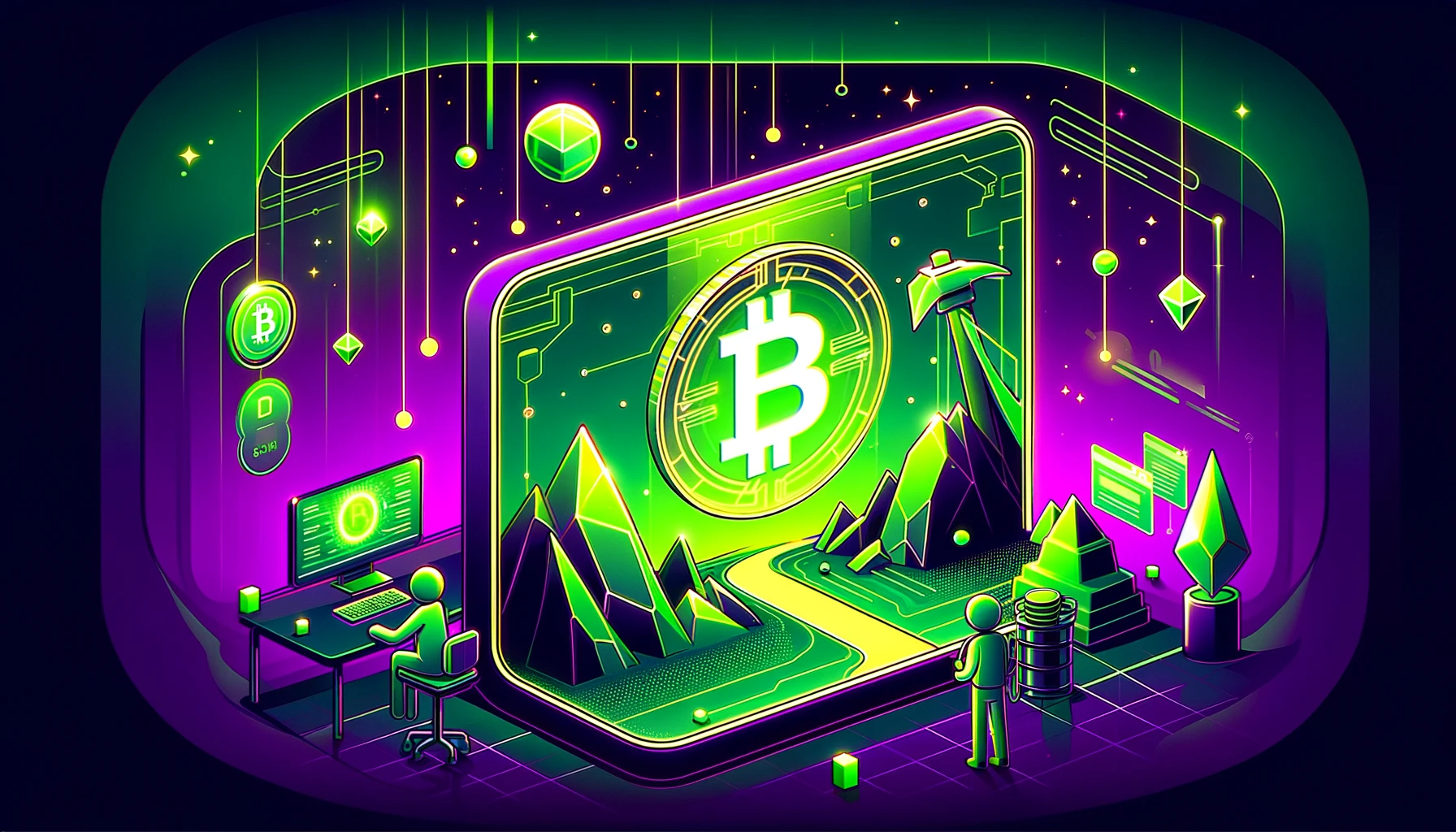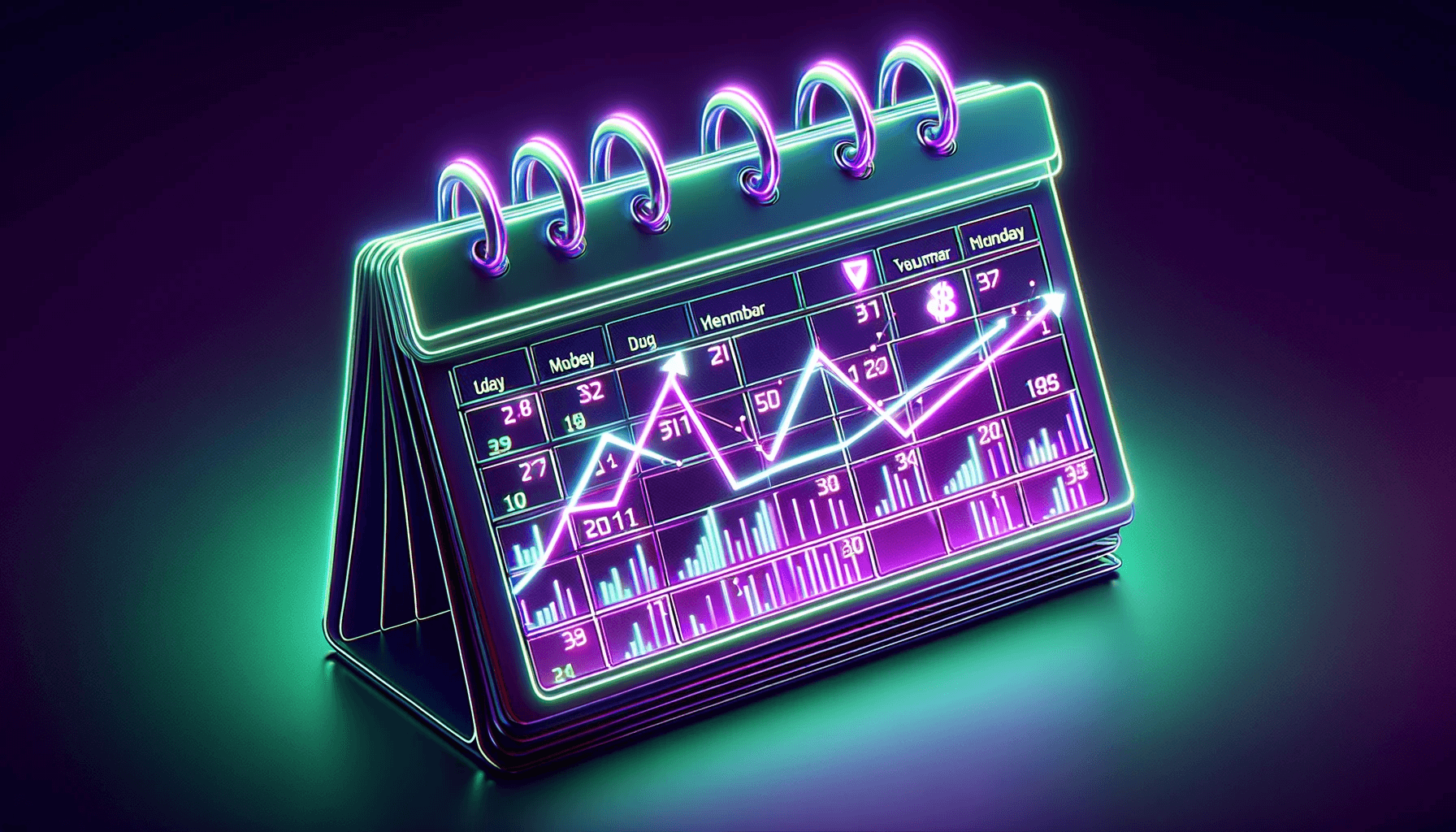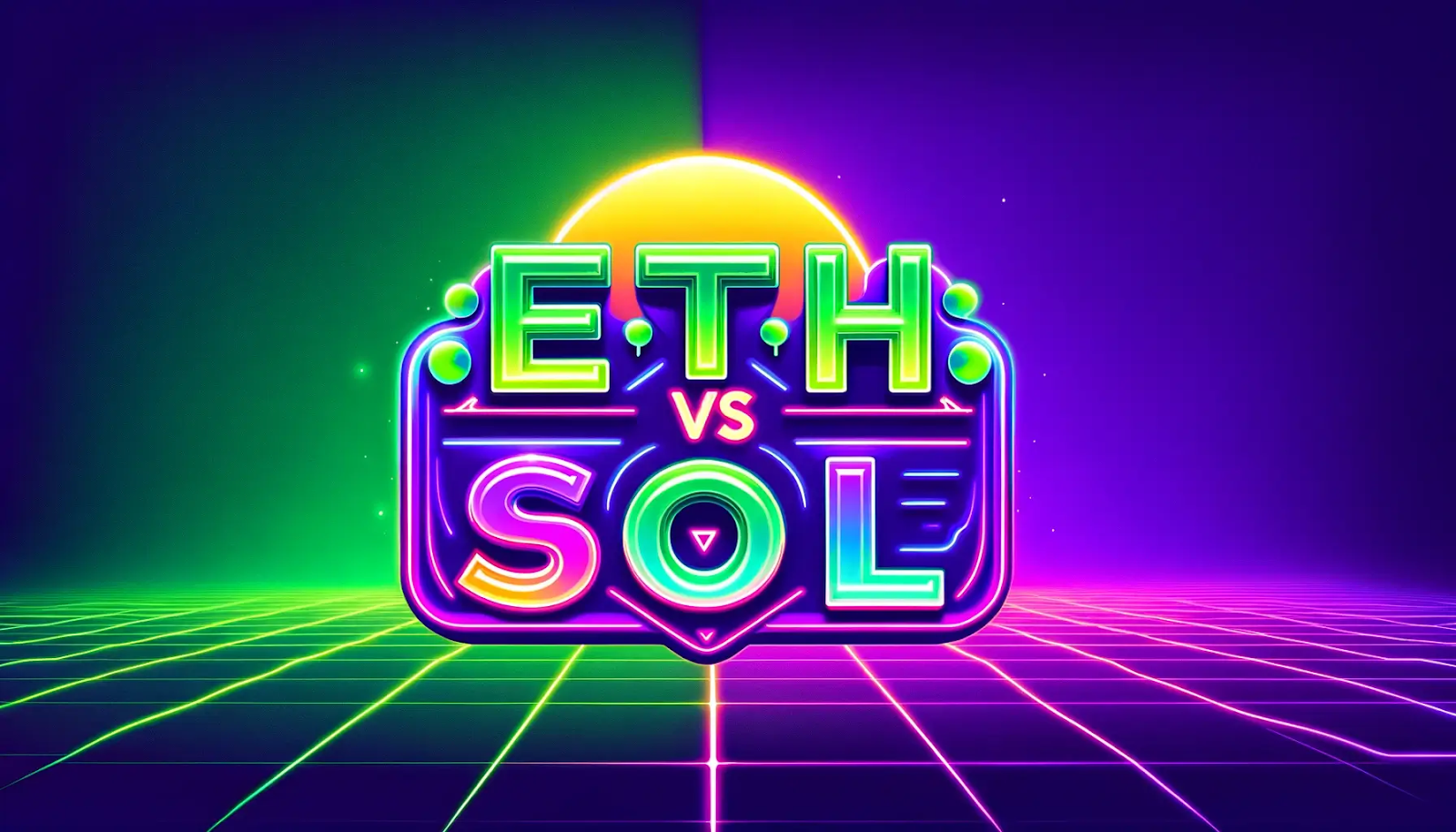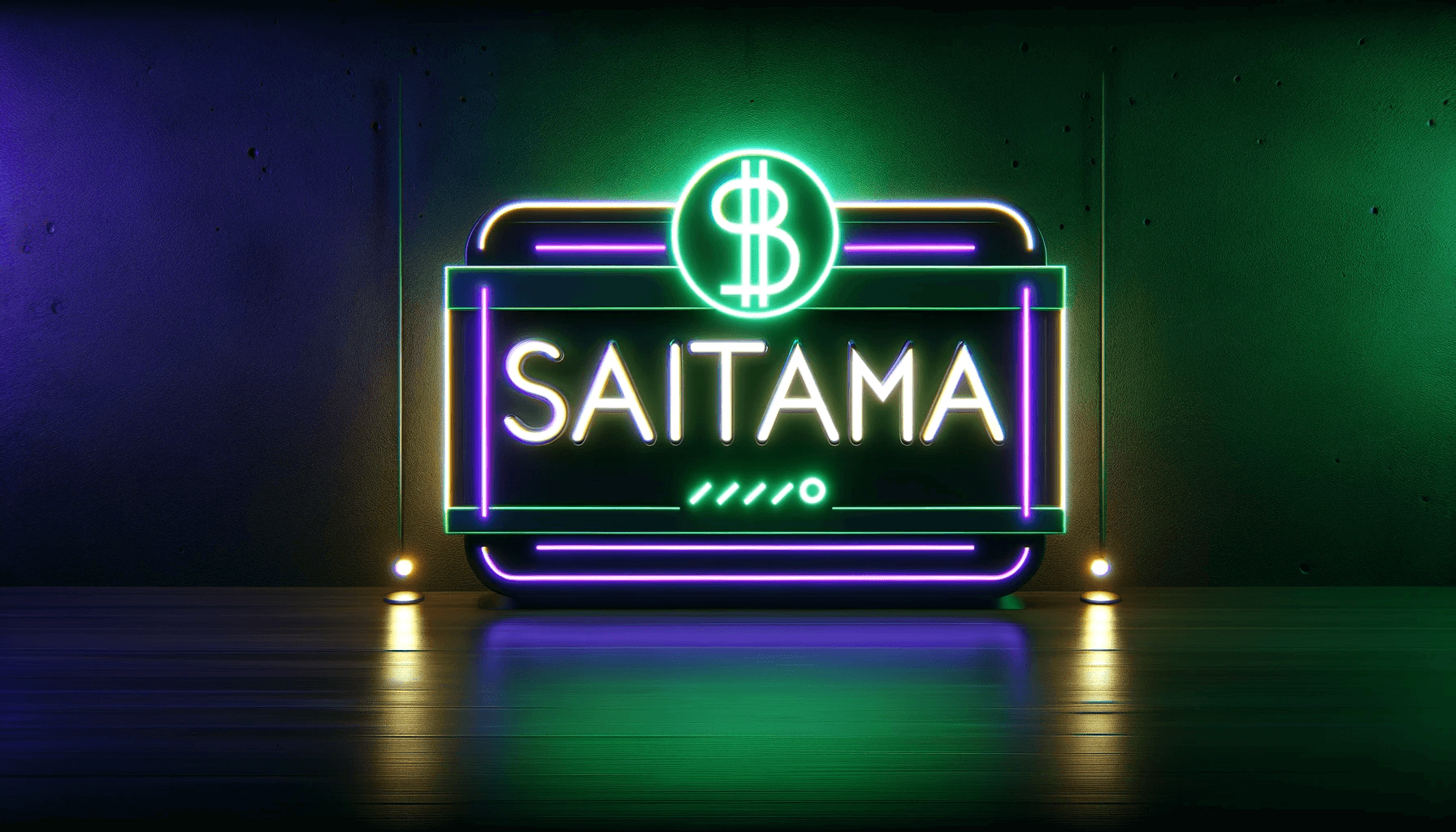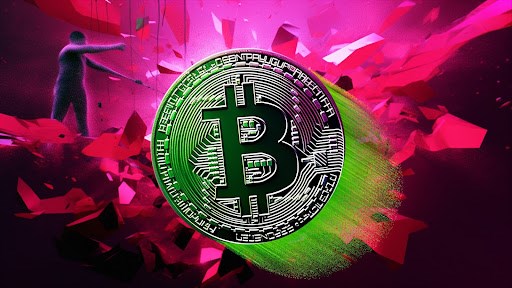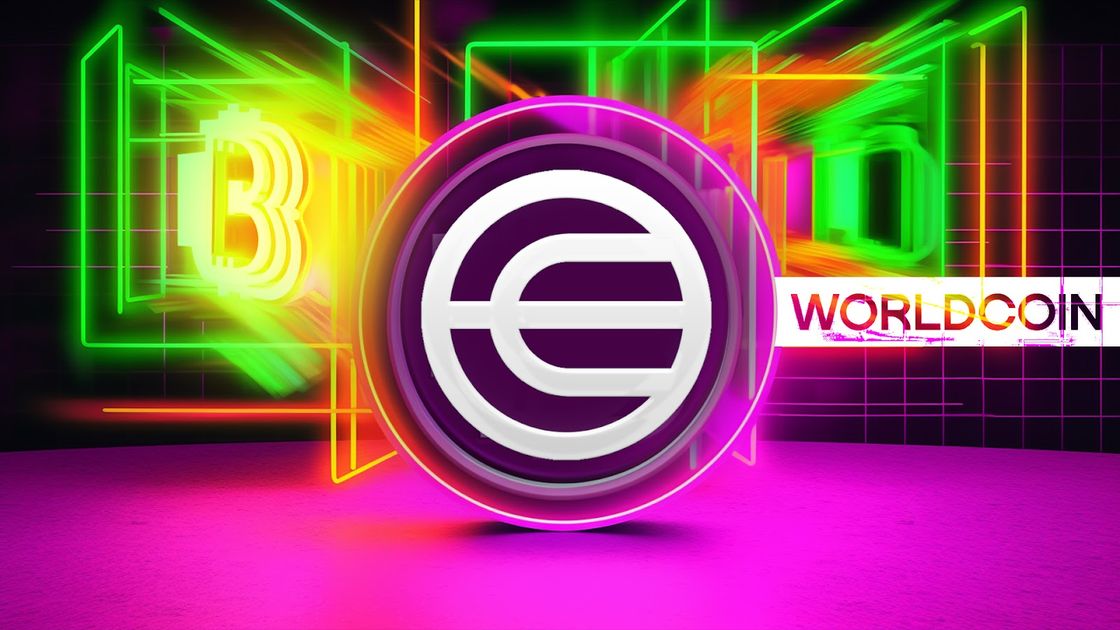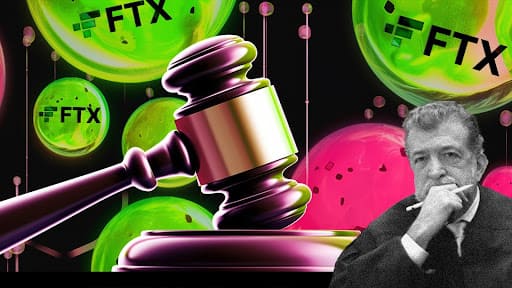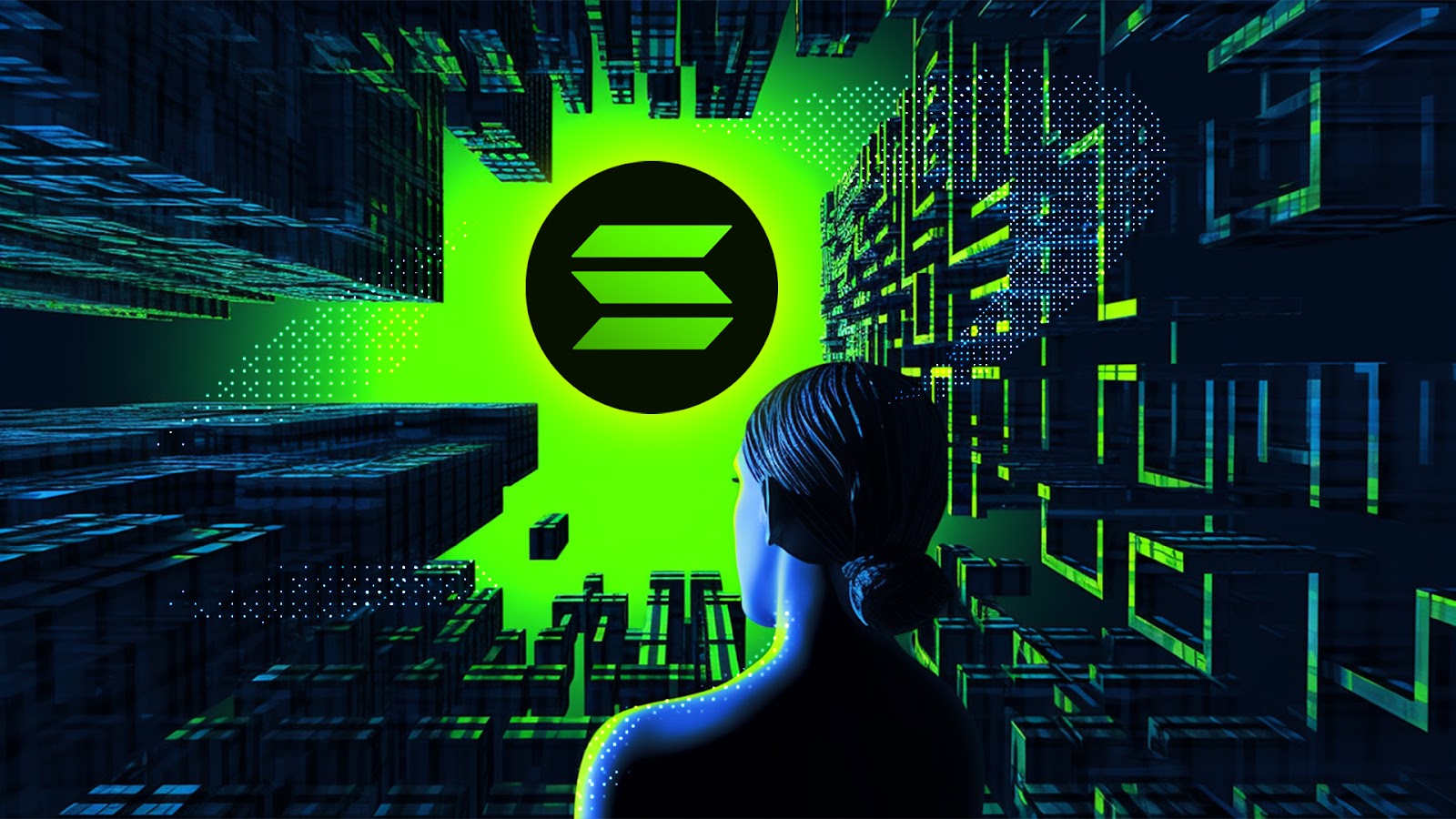
Introduction
In response to the scalability limitations of Bitcoin and Ethereum and the time required to reach a consensus on the order of transactions, founder Anatoly Yakovenko launched Solana in March 2020.
Solana’s mainnet launched in 2020, but its origins date back three years to 2017, when the whitepaper was first published. The whitepaper contained Anatoly’s alternative solutions to network congestion and low throughput: Proof of History (POH).
In the course of time, Anatoly hired great minds that would further his course, essentially founding the company that would eventually become Solana Labs. Members include Stephen Akridge, Greg Fitzgerald, and a handful of former Apple engineers.
Solana Labs continues to be a key player in the development of the Solana network, while the Solana Foundation provides financial support for ongoing development and community building.
This article is your gateway to understanding Solana's features, and potential, as it tackles the scalability challenges of Bitcoin and Ethereum. From visionary founder Anatoly Yakovenko to the revolutionary Proof of History (POH) consensus, we'll dive into the key aspects that make Solana unique.
What is Solana?
Solana is an EVM-compatible blockchain that aims to achieve high transaction throughput without sacrificing decentralisation.
Solana is similar to Ethereum in many ways. It supports smart contracts, decentralised applications (dApps), and non-fungible tokens (NFTs). Solana also has a growing ecosystem of apps, games, and music, just like Ethereum.
Solana’s Proof of History
Proof of History (POH) is a consensus algorithm just like the Proof of Work (POW) and the Proof of Stake (POS) consensus algorithms, which ensure transaction authenticity and deter double-spending; however, POH is different in approach.
The concept adds chronology and cryptography, taking into account events on the blockchain and the time they occur and making sure historical (transaction) data is left untampered. To achieve this, PoH uses a cryptographic Verifiable Delay Function (VDF) to generate a timestamp for every block in the blockchain.
When integrated, these timestamps provide a provable and irreversible record of the order in which transactions occurred. Since VDFs require a lot of memory and computation time to create output, it is difficult for attackers to successfully override the system as they would need a massive amount of computing power and storage hardware.
Solana combines POS and POH consensus algorithms to create what is called a delegated Proof of stake (dPOS). This unique combination skyrocketed Solana’s transaction speed, quickly turning it into a favourite among crypto natives, with some hailing it as crypto’s Visa. Throughput reached 50k tps at its peak, and the token's valuation soared as a result.
In November 2021, Solana peaked at $77.3 billion in market capitalization and ranked 6th overall during the height of the crypto bull run.
Solana vs Ethereum?
Although Solana and Ethereum are similar in features and utility, their core designs are completely different. Ethereum uses a proof-of-stake mechanism, but even after the recent merge upgrade, its average throughput is still average at 7 transactions per second (tps), and transaction costs are still high.
This is due to network congestion caused by the high volume of activity on the Ethereum blockchain. The ETH upgrade is not yet complete, but Ethereum side chains and Layer 2 solutions are expected to scale the network in the future.
Solana, on the other hand, has a different architecture that allows it to achieve much higher throughput and lower transaction costs. Solana can process up to 50,000 tps, and transaction fees are typically a fraction of a dollar. However, Solana's speed comes at a cost.
The network is less secure compared to Ethereum because it relies on a less decentralised consensus mechanism. Conversely, Ethereum is more secure but less scalable as a result.
About the SOL Token
SOL is the native currency of the Solana ecosystem and is used for a variety of operations, some of which include gas payment, staking, farming, NFT marketplace native currency, validators’ currency, e.t.c.
Solana Labs raised a total of $25.57 Million between March 2018 and March 2020 through various sales, including Seed Sales, Strategic Sales, Public Auctions, and more.
Statistics of the initial token distribution of Solana (SOL) are as follows:
-
15.86% is allocated to Seed sales.
-
12.63% is allocated to the Founding Sale.
-
5.07% is allocated to the Validator Sale.
-
1.84% is allocated to Strategic sales.
-
1.60% is allocated to the public auction sale.
-
12.50% is allocated to the team.
-
12.50% is allocated to the foundation.
-
38.00% is allocated to the community reserve.
There are exactly 554,578,598 total supplies of Sol tokens, and 405,683,446 are in circulation.
How to Invest in Sol
You can get SOL from any crypto exchange, centralised or not. With a Decentralised exchange, you only need to fund your wallet with stablecoins like USDC or USDT and connect it to DEXes such as Orca and Raydium with SOL pairs listed on them. Once you connect your Solana wallet to the DEX, you will be able to swap your stablecoin for SOL.
With a Centralised Exchange, you also have to fund your account with some stables. If you don’t have an account, go ahead and create one.
Heads up: You will most certainly need to supply some personal information and have your identification verified.
Once your account is funded, navigate to SOL pairs and swap your stables for SOL.
If you're new to the crypto space, seek financial advice from a professional and don’t invest what you cannot afford to lose. This article is for educational purposes and is not financial advice.



